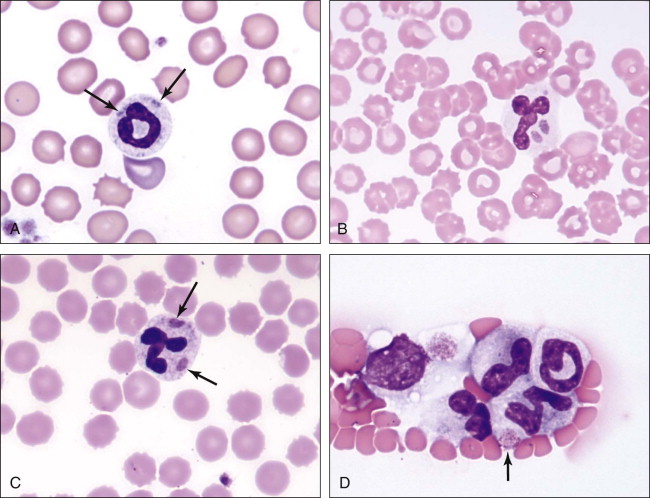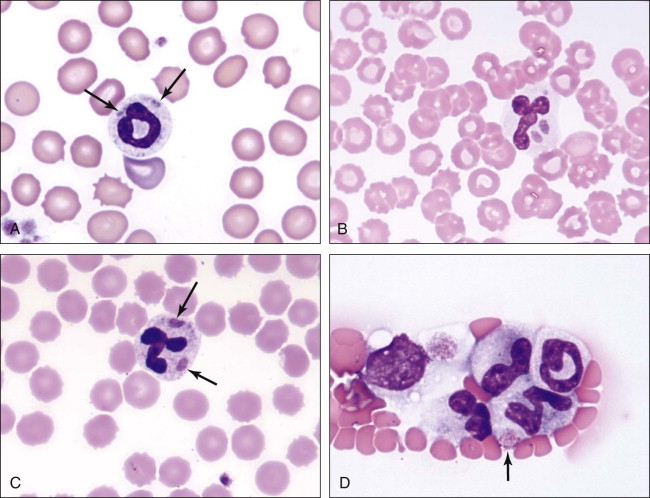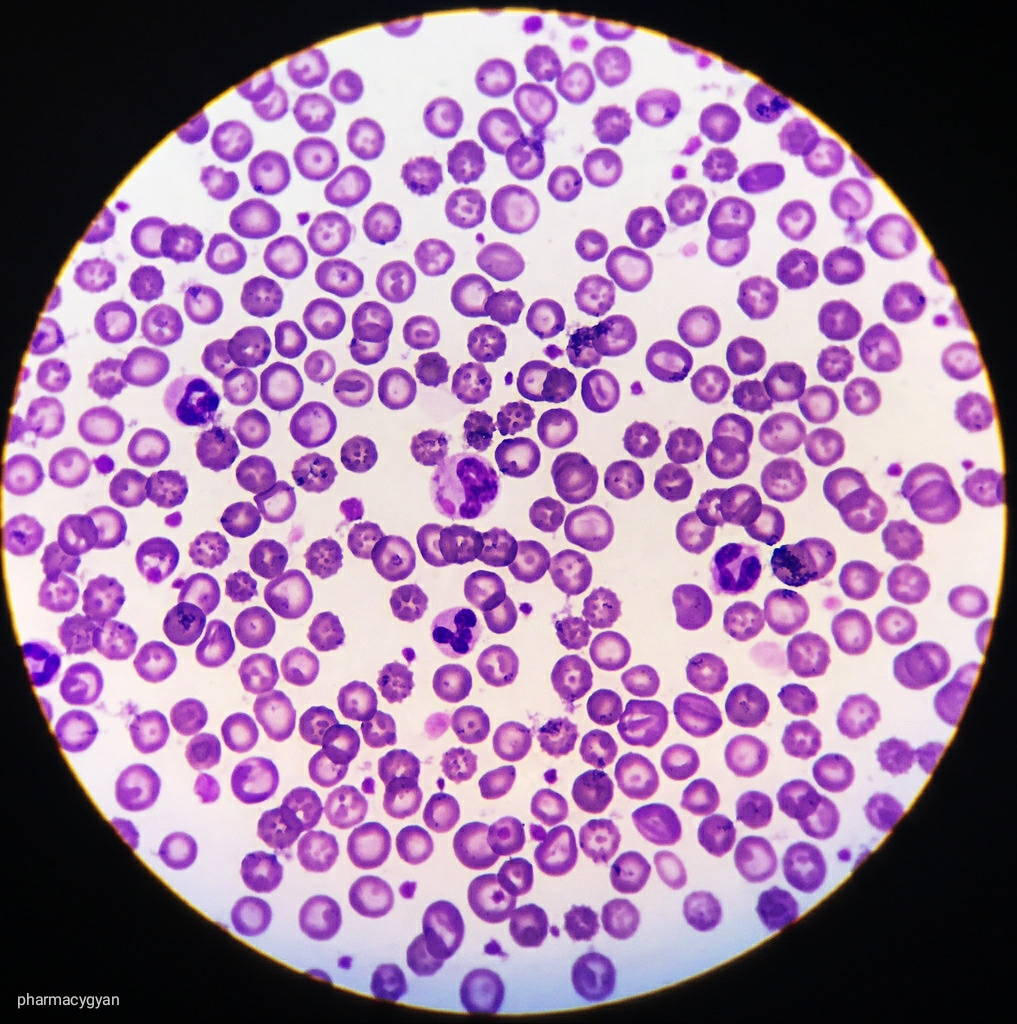Endogenous or Exogenous substance are get accumulated inside the cell due to following cause:
- excessive intake of substance
- Defect any metabolizing pathway
- Defect the options of enzyme required for metabolism
- Defect in synthesis and processing of protein
- Decrease excretion of the substance

- Carbohydrate accumulation: glycon droplets are seen in apatocytes , cardiac muscle cell and epithelium of distal portion of proximal convulated tubules and descending loop in diabetes mellitus.
- Fat accumulation: lipids accumulate in hepatic cell due to effect in metabolism and excretion of fat which may be due to chronic alcoholism, starvation or excessive intake. Accumulated fat cell will be cleaned by macrophages cluster of foamy macrophage cell present in subepithelial connective tissue of skin and tendon forms xanthoma.
- protein accumulation: accumulation of newly synthesized haemoglobin endoplasmic reticulum forming Russell’s bodies.
Pigments : This are coloured substance which may be Exogenous or endogenous in origin.
Exogenous pigments:
- Injected pigments: intake of silver compound result in brownish pigmentation of skin called as Argyria. Ex: lead accumulation in bones gum liver Cartatinaria it is yellowish red colour of skin due to excessive intake of carrot.
- Inhaled pigments: the most commonly inhaled substance are carbon, or coal dust, other are silica, or stone dust iron or iron oxide, asbestos and various other organic substances. These substance may produce occupational lung diseases.
- Endogenous pigments: it is a fat derived pigment which is in brownish yellow coloured accumulating in various tissue.
- Melanin: it is a brown pigment present in hair, skin, menings etc. Synthesized in melanocytes. Disorders of melanin pigmentation are:
- Hyper pigmentation: It is may local or gernatic.
- Hypo pigmentation: it’s may localised or genaralised Example for localised hyper pigmentation is Lentigo, Example for localised hypopigmentation vitiligo leukoderma.

